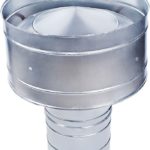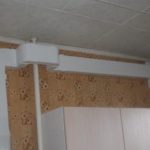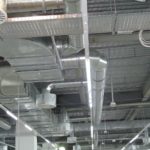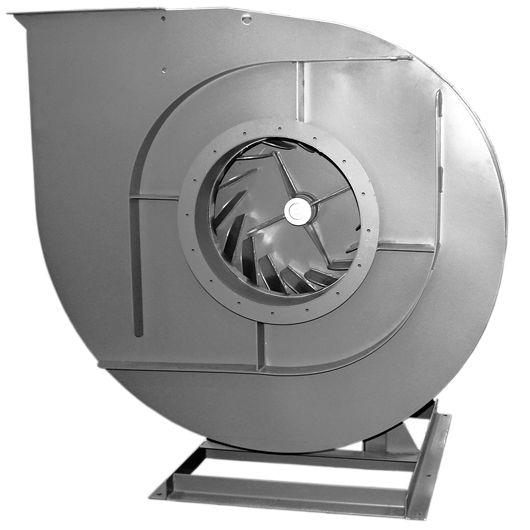Ventilation diffuser
The ventilation system is one of the key engineering systems of residential, office and industrial premises. Effective operation of the ventilation system increases comfort and maintains a healthy microclimate. In this article we will talk about a small but important element of the ventilation system - the diffuser.
The content of the article
- What is a ventilation diffuser?
- Installation location for diffuser
- Purpose of the ventilation diffuser
- Types of ventilation diffusers
- Advantages and disadvantages of a diffuser for ventilation
- How to choose a diffuser for ventilation?
- Methods for installing a ventilation diffuser
- Placement in the ventilation duct
- Installation in a corrugated or metal sleeve
- Popular diffuser models, their costs and manufacturers
What is a ventilation diffuser?
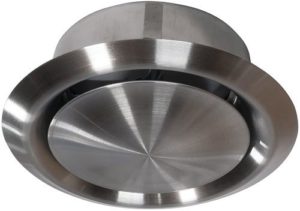 Diffuser is a ventilation grill of complex design that also serves as a decorative element. It is designed to bring air masses in and out of the room. It also promotes effective mixing and movement of air masses indoors.
Diffuser is a ventilation grill of complex design that also serves as a decorative element. It is designed to bring air masses in and out of the room. It also promotes effective mixing and movement of air masses indoors.
Installation location for diffuser
Diffusers are divided according to the type of mounting:
- wall;
- ceiling;
- floor
Diffusers can be installed indoors (internal) and outdoors (external).
Most apartments are equipped with ventilation ducts located on the walls of the kitchen and bathroom. Ventilation in such apartments works to remove exhaust air masses from the living space.In this case, regular grilles are installed in the ventilation ducts. There is no need for diffusers.
The situation changes when a suspended ceiling is installed. To connect to the air duct, a diffuser is installed, the purpose of which is to effectively remove air from the room.
When designing supply and exhaust ventilation with a network of air ducts, in a residential or any other room, the presence of the product is mandatory. They are installed in accordance with the developed project. This element of the ventilation system is often installed in commercial premises: shops, gyms, beauty salons, cafes, banks and others.
Purpose of the ventilation diffuser
 The main task of the element is the effective distribution of air masses in the room. What does this mean in practice? If the supply ventilation air duct ended in an open hole in the room, this would create a lot of problems - the formation of a draft, the presence of dead air zones due to uneven ventilation. To distribute the air evenly and give it the desired direction, a diffuser is installed.
The main task of the element is the effective distribution of air masses in the room. What does this mean in practice? If the supply ventilation air duct ended in an open hole in the room, this would create a lot of problems - the formation of a draft, the presence of dead air zones due to uneven ventilation. To distribute the air evenly and give it the desired direction, a diffuser is installed.
Thanks to its design features, it is able to regulate the volume of incoming air. The design of some options allows you to change the speed of supply or removal of air masses. If necessary, the device allows you to completely shut off the air supply.
Since diffusers are the final element of a ventilation system, they have an attractive decorative appearance.
Diffusers differ by type of purpose:
- Inlet. Mounted to air ducts supplying fresh air to the room.
- Exhaust. Mounted to air ducts that remove exhaust air from the room.
- Supply and exhaust. They are considered a universal option; they can be installed for both air inflow and outflow.
- Combined. More complex device. The decorative body has holes responsible for both the supply and outflow of air masses. Connect to two different air ducts.
Types of ventilation diffusers
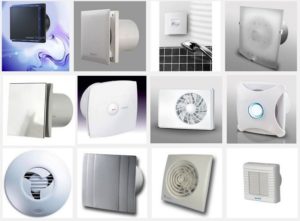 The ventilation equipment market offers a wide range of these devices - wall, ceiling, floor. This element of the ventilation system is classified according to other parameters.
The ventilation equipment market offers a wide range of these devices - wall, ceiling, floor. This element of the ventilation system is classified according to other parameters.
Separation by material
On sale you can find products made from three types of body materials:
- Plastic case. The most common option. They are distinguished by an affordable price and lighter weight. The characteristics are not inferior to metal analogues. May have a designer look.
- Metal body. Different types of metal are used. The body can be made of aluminum, galvanized or stainless steel. They are more durable and durable. It is not recommended to install in air conditioning systems. Metal tends to cool quickly, which can lead to condensation.
- Wooden body. It is installed mainly in baths and saunas. Can be made to order.
Differences in Shape
Products are divided according to body shape:
- Round. They can be adjustable or non-adjustable, and have different diameters.
- Rectangular and square. They can also be equipped with an air flow control function.
Distinctive design features
Models of different types of fastening and purpose may have more narrowly focused design features.
- Slotted. The incoming air passes through a series of slots in the device.The number of slots can vary from 1 to 6 - with a slot height of 8 to 25 mm. Some models have an airflow direction function. Mounted in suspended and multi-level ceilings.
- Jet. By passing air through itself, the structure forms it into one or several jets. Increases the speed and range of air supply. Models are mobile and stationary.
- Perforated. Equipped with a large number of small holes. Promote uniform and balanced air supply or exhaust.
- Vortex. They differ in the radial arrangement of the jumpers. When passing through them, the air swirls in the form of a funnel. This design increases the speed of air supply and the efficiency of its mixing. Installed in rooms where rapid air exchange is required, such as a bathroom. To avoid the formation of drafts, you can install a swirl diffuser with a static pressure chamber.
- Linear. It has an elongated shape with a small number of passage slots.
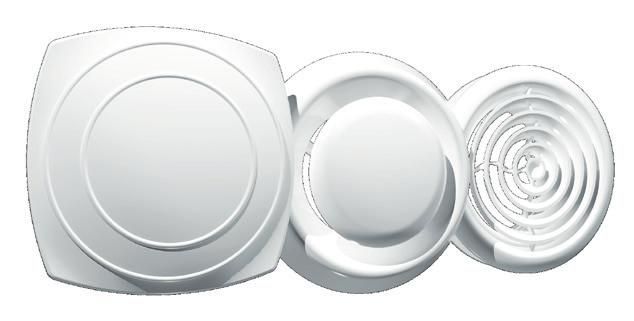
Other types of models are available for sale.
Advantages and disadvantages of a diffuser for ventilation
The advantages include:
- ease of installation and operation;
- function for adjusting and directing fresh air supply;
- the operation of the device eliminates the formation of stagnant air zones;
- An attractive decorative look that fits perfectly into a modern interior.
The undoubted advantage of the device is efficient air distribution in large warehouses.
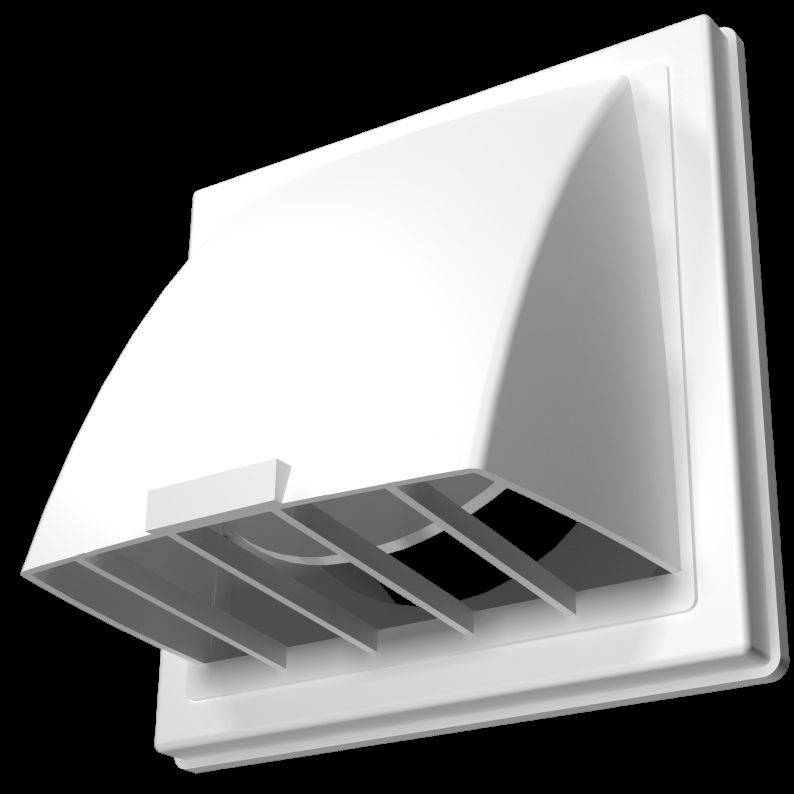
Flaws:
- the formation of a draft under certain circumstances.
This problem is eliminated by installing a plenum. It prevents the formation of drafts.
How to choose a diffuser for ventilation?
To choose the right product, you should pay attention to several criteria.
- Section. The product is selected in accordance with the cross-sectional diameter of the air duct to which it will be connected. The product parameters and channel cross-section must be consistent.
- Case material. The product should be selected taking into account the nature of the room and the temperature of the air passed through. It is better to install plastic products in air conditioning systems. For the installation of external ventilation systems, it is preferable to use metal housings.
- Case design. There is a wide range of decorative solutions on sale. Selecting a product according to this criterion is a matter of taste or style created in the room.
- Required volumes and speed of air supplied to the room.
Reference! The noise level generated by the device in residential areas should not exceed 45–55 decibels.
In accordance with the required criteria, you can select an option from the manufacturer’s catalog.
Methods for installing a ventilation diffuser
Three options for connecting to the ventilation system are available.
- Directly to flexible ventilation arms or rigid duct.
- Installation to the ventilation system through a static pressure chamber. This option is more preferable. To install the camera, a larger gap is required between the main and decorative ceilings.
- Into an existing ventilation duct located in the wall.
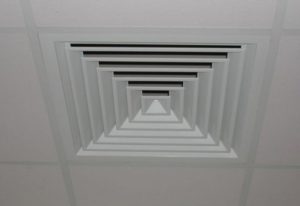 All products are sold with latches provided for installation, or holes for bolts and screws. This element of the ventilation system must be installed in a specially prepared hole with the appropriate diameter.
All products are sold with latches provided for installation, or holes for bolts and screws. This element of the ventilation system must be installed in a specially prepared hole with the appropriate diameter.
Placement in the ventilation duct
When installing the product in a rigid channel, a certain sequence must be followed.
- The parameters of the inlet to the channel are determined. Depending on the size of the box, the appropriate diffuser is selected.
- The diffuser is being installed in the opening.
- The device is checked for reliable fixation in the ventilation duct. The latches should click into place.
Installation in a corrugated or metal sleeve
Sequence of installation of a diffuser in a flexible ventilation hose.
- The end of the flexible corrugation is pulled out of the ventilation duct.
- An air dispersion device of the appropriate diameter is attached to the inlet hole of the corrugation.
- Upon completion of the work done, first a sleeve is inserted into the channel, and then a diffuser. Inputting the device continues until a characteristic click is heard. The device must fit evenly, without gaps, to the ceiling or wall.
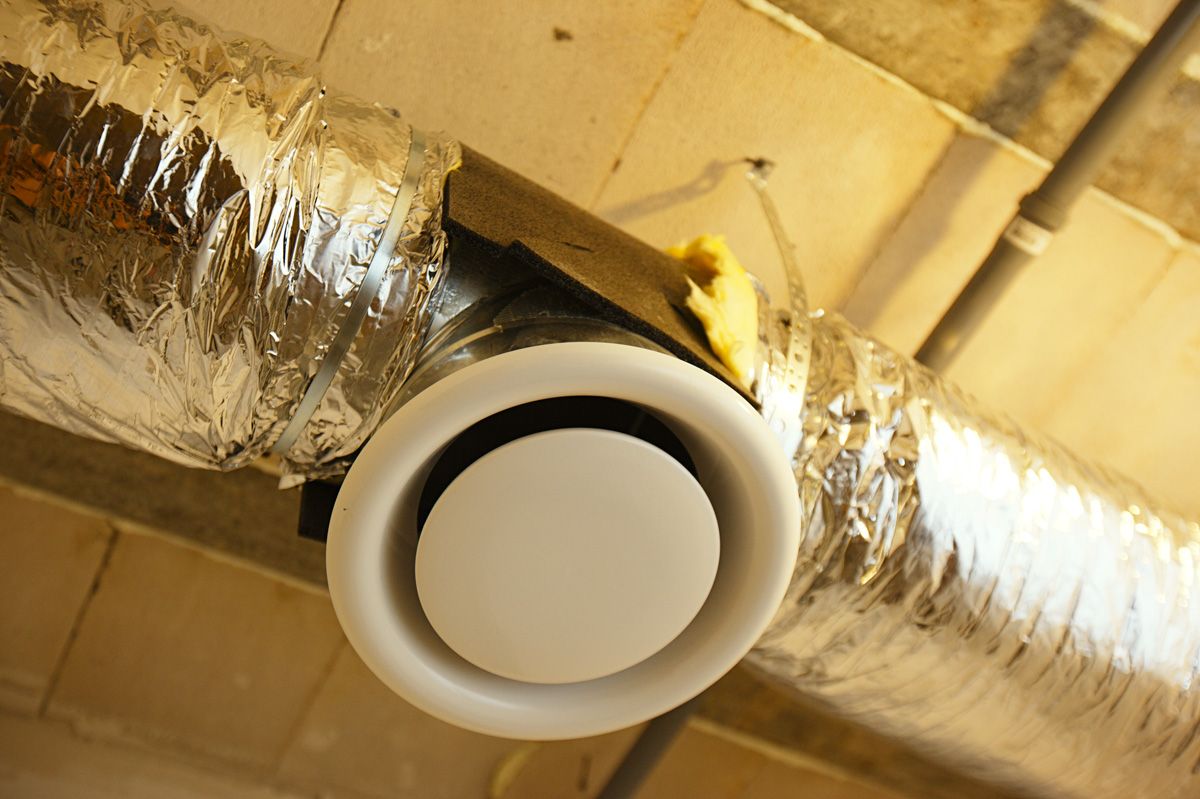
Popular diffuser models, their costs and manufacturers
The element of the ventilation system in question is not a luxury. Prices start on average from 100 rubles for a diffuser with a diameter of up to 100 mm. A similar option made of stainless steel will cost more - 800 rubles. The most expensive will be a square diffuser 600 mm by 600 mm. Its price can reach up to 2200 rubles per unit.
The price also depends on the manufacturer. The most affordable products are those made in Russia - from Arktos, Airone, Era and Vanvent. Products from the Latvian brand Europlast and the Swedish company Systemair will cost more.

